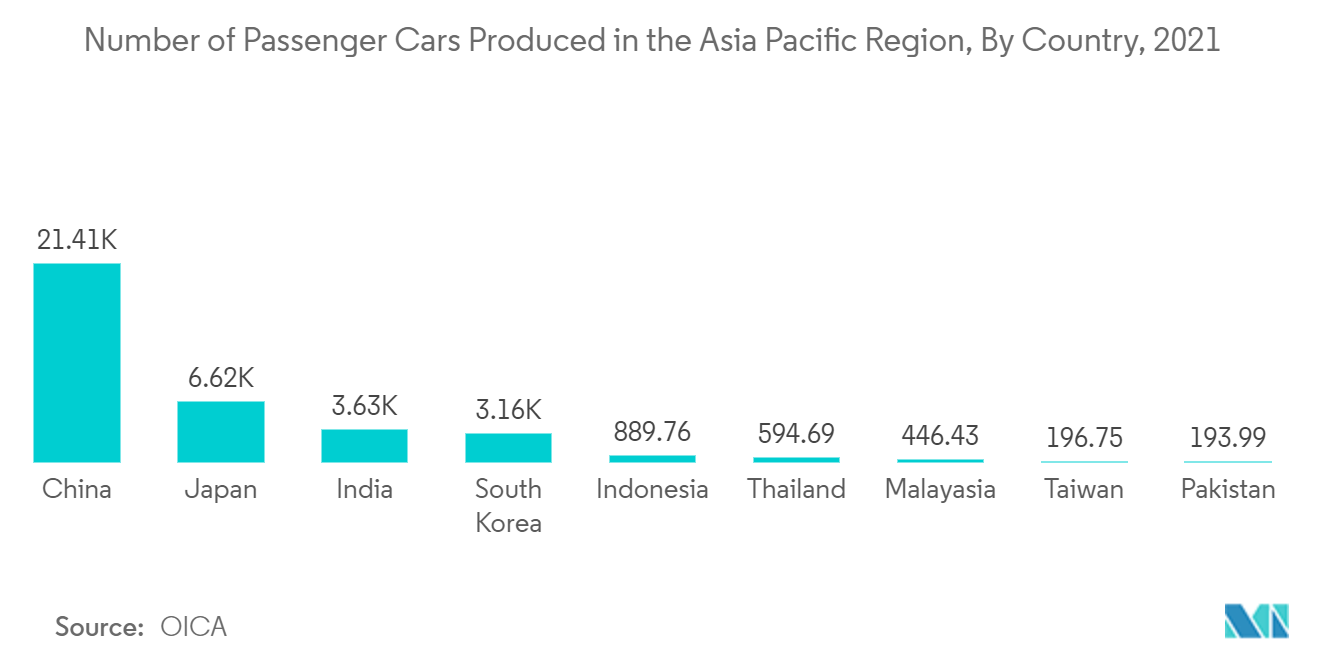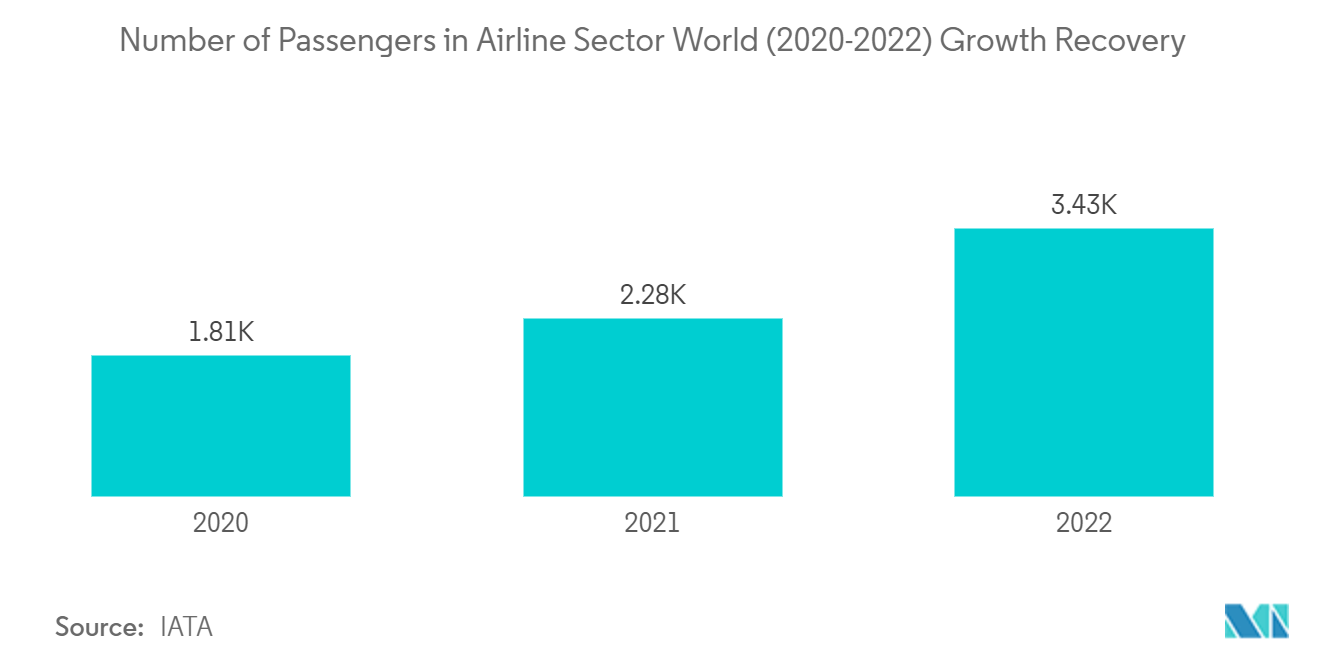Market Trends of Asia Pacific Automated Material Handling and Storage Systems Industry
This section covers the major market trends shaping the APAC Automated Material Handling & Storage Systems Market according to our research experts:
Assembly Line to Witness Significant Growth
- The principal application of assembly-line AGVs is primarily found in the automobile and other coach-building industries, such as aerospace and railways. Moreover, with the increasing production of electric and hybrid variants, the demand for assembly line AGVs is expected to increase over the forecasted period. As this trend continues to advance, the manufacturers, especially in the automotive and aerospace industries, will be able to achieve unprecedented flexibility that will allow them to quickly respond to the changes in the market while maintaining safe and cost-effective operations.
- The advent of electric and hybrid vehicles revolutionized automobile manufacturing in the past decade. Automobile production has become far more sophisticated and complex. The ever-evolving government safety regulations and industry standards further complicate the assembly line tasks. It has created a significant demand for automation in the automotive sector. Minimizing products' damage during transit (caused by human error) and increasing the speed of handling the chassis between workstations (which would allow interaction with assembly-line workers) are the utmost priorities. Since, the assembly line AGVs perfectly fit all these requirements, it became the prime reason for the rapid adoption of these vehicles in the automotive sector.
- In addition, businesses employ automated assembly lines for automobiles to create parts, including engines, gearboxes, fuel systems, and pumps. Robotics and vision are best suited for creating ergonomic and efficient product lines that protect the human workforce from hazardous conditions while completing assembly quickly. As a result, automation is being driven throughout the entire automotive sector by safety concerns.
- An industry report by ASDC (Automotive Skill Development Council) 'Human Resource and Skills Requirements in the Automotive Sector (2026)' predicted that 45.08 million individuals in India would work in the automobile industry by 2026. The current automotive workforce must be retrained and improved to satisfy future demand and be prepared for the future. New skills in automotive design, robotics, IoT, AI, mechatronics, 3D printing, machine learning, virtual collaboration, analytics, and computational thinking are needed as old roles disappear. It has also raised the demand for automation in India's automobile industry.
- To meet demand, a wide range of market players are expanding their manufacturing capacities and launching new product lines. For instance, in 2021, the Indian mobility solution provider Ola planned to utilize ABB's automation solutions in its factory's major manufacturing process lines, including its welding and painting lines.

Industry 4.0 Investments are Driving the Demand for Automation and Material Handling
- Every country realizes the overall significance of airport investments since people are more willing to spend time and money in a relaxing environment. In both large and small airports, conveyors and sortation systems successfully reduce the number of annoyances from check-in through onboarding. Customers get benefit from this and enjoy a hassle-free experience because of this. Most airports are partnering with vendors to implement autonomous robots, increasing the efficiency of transferring luggage and reducing the overall operation cost. For instance, logistics automation specialist Vanderlande Dutch has partnered to trial autonomous baggage handling vehicles at Hong Kong Airport.
- Due to the growing domestic air connectivity and per capita GDP, India and China are significant regional contributors to the development of the aviation industry. For instance, the ICAO reports that the Asia Pacific accounted for 70% of domestic travel.
- The Chinese aviation market is expected to witness significant growth over the next few years. Its three largest airlines, such as Air China, China Southern, and China Eastern, have ambitious fleet plans to put their sizes at the top of airlines globally. China's major airports in Shanghai and Beijing are also undergoing major expansion plans.
- The Chinese Tourism Outbound Research Institute estimated that by the end of 2030, there would be about 400 million outbound visits conducted by Chinese tourists, likely making up a quarter of all visitors traveling abroad. Airports need sophisticated systems to guarantee adequate support for such expansion. Throughout the forecasted period, this is anticipated to affect market growth favorably.
- On the other hand, due to the ongoing pandemic, many airports have implemented robots to diagnose passengers and prevent the spread of the virus. For instance, the Smart Airport team at Incheon Airport of South Korea is working to improve the airport experience for people with reduced mobility (PRMs), using robotics technology and automated vehicles.

